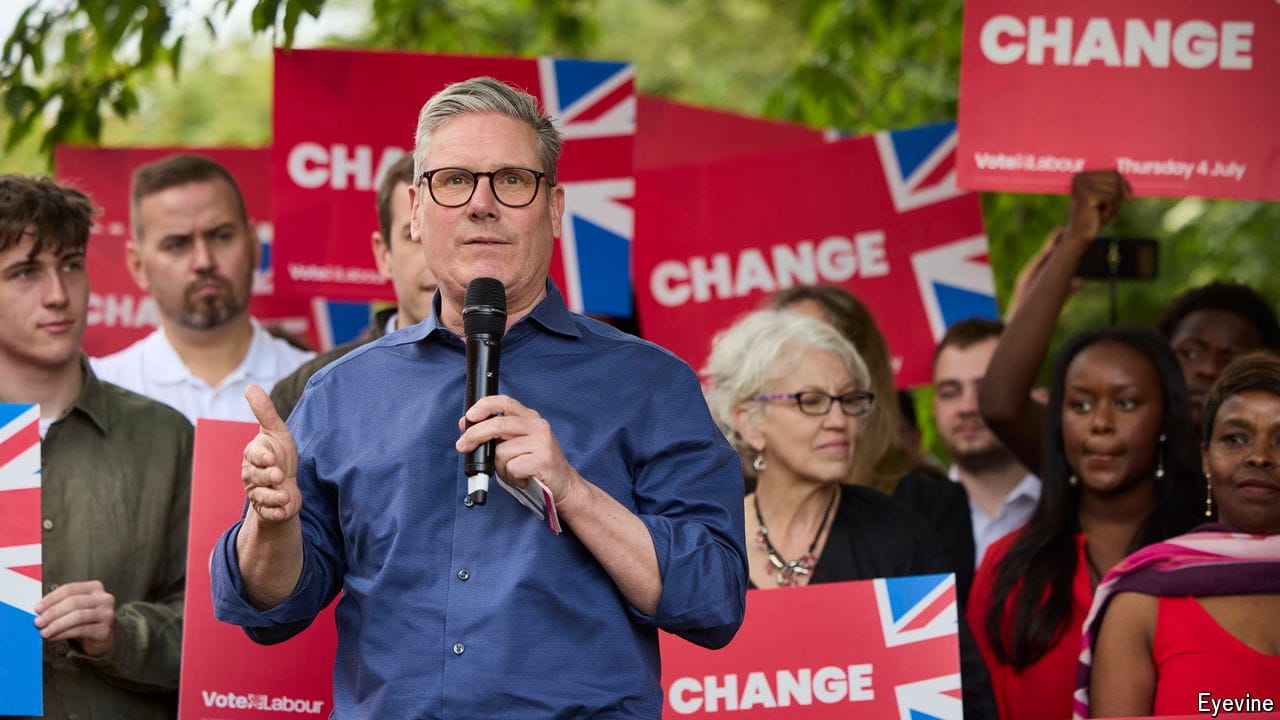
TODAY the European Central Bank (ECB) launches its long-awaited programme of quantitative easing (or QE), adding lots of public debt to the private kind it has already been buying. Its monthly purchases will rise from around €13 billion ($14 billion) to €60 billion until at least September 2016. The ECB is just the latest central bank to jump on board the QE bandwagon. Most rich-economy central bankers began printing money to buy assets during the Great Recession, and a few, like the Bank of Japan, are still at it. But what exactly is quantitative easing, and how is it supposed to work?



